Introduction
As the U.S. economy moves through 2024, it continues to face a mix of evolving trends, persistent challenges, and emerging opportunities. With inflationary pressures, Federal Reserve policies, labor market shifts, and global economic uncertainties at play, understanding the key factors shaping the economy is crucial for businesses, policymakers, and consumers alike.
Key Trends in 2024
- Moderating Inflation
After record-high inflation in recent years, price growth has started to stabilize due to tighter monetary policies by the Federal Reserve. While inflation remains above pre-pandemic levels, it has shown signs of easing, leading to renewed consumer confidence. - Labor Market Resilience
Despite economic uncertainties, the job market remains relatively strong. Unemployment rates have stayed low, with steady job growth in sectors such as technology, healthcare, and clean energy. However, some industries, like retail and manufacturing, face labor shortages and automation disruptions. - Housing Market Adjustments
The U.S. housing market is undergoing corrections following the rapid price increases of recent years. Rising mortgage rates have dampened demand, leading to slower home price growth and increased affordability concerns for prospective buyers. - Technological Advancements
The rise of artificial intelligence (AI), automation, and digital transformation is reshaping industries, improving productivity but also creating disruptions in traditional job markets. - Energy Transition and Sustainability
The push for renewable energy and sustainable practices continues to drive investment in green technologies. Federal incentives for clean energy projects are fostering growth in wind, solar, and electric vehicle industries.
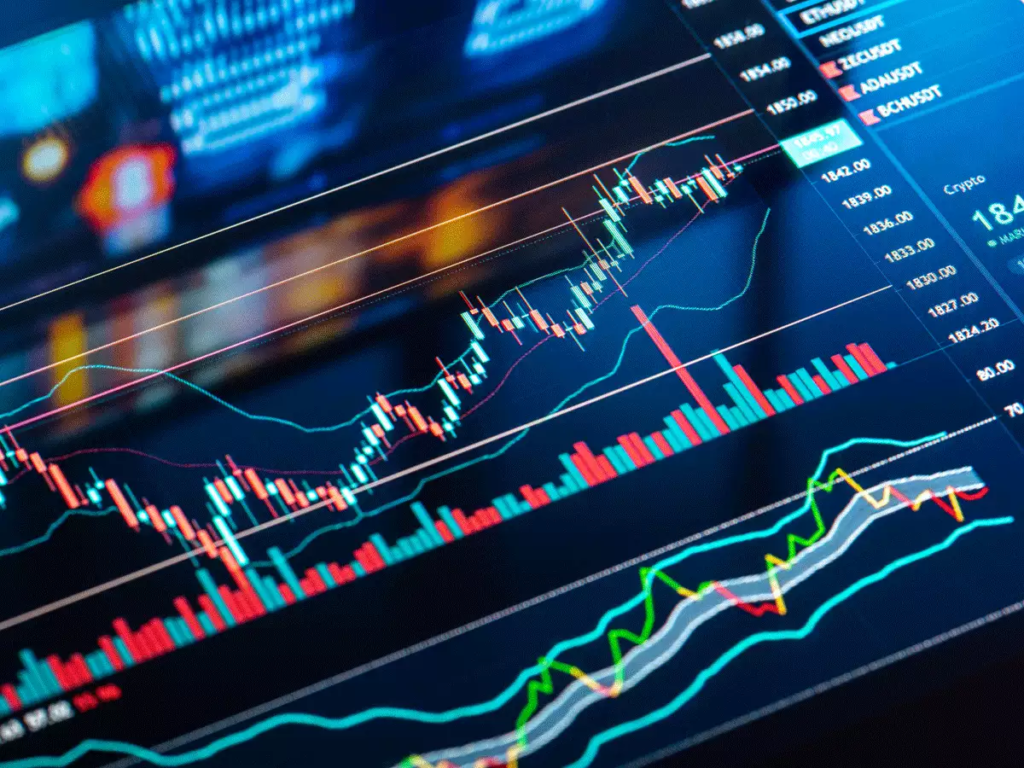
Challenges Facing the U.S. Economy
- Interest Rate Uncertainty
The Federal Reserve’s interest rate policies remain a crucial factor influencing economic growth. While higher interest rates help curb inflation, they also impact borrowing costs for businesses and consumers, potentially slowing down investment and spending. - Federal Debt and Fiscal Policies
The U.S. national debt continues to rise, raising concerns about long-term economic stability. Policymakers face tough decisions on government spending, tax policies, and entitlement programs to ensure fiscal sustainability. - Geopolitical Risks and Trade Disruptions
Ongoing global conflicts, supply chain disruptions, and trade tensions with countries like China pose risks to economic stability. Changes in trade policies and tariffs could affect key industries such as manufacturing and technology. - Consumer Debt Levels
Rising credit card debt and student loan repayments are straining household finances, potentially affecting consumer spending, which is a key driver of economic growth.
Opportunities for Growth
- Investment in Infrastructure
Government initiatives to modernize infrastructure, including roads, bridges, and broadband expansion, present significant economic opportunities by creating jobs and improving productivity. - Growth of the Green Economy
The transition to clean energy provides new investment opportunities in renewable energy, electric vehicles, and sustainability-focused businesses. - Advancements in AI and Technology
The expansion of AI and automation presents opportunities for businesses to enhance efficiency, reduce costs, and develop new innovative products and services. - Reshoring and Domestic Manufacturing
As companies look to reduce reliance on foreign supply chains, there is an increasing trend of reshoring manufacturing to the U.S., which could boost job creation and economic growth.
Conclusion
The U.S. economy in 2024 is at a critical juncture, balancing economic growth with ongoing challenges. While inflation and interest rate concerns persist, strong labor markets, technological advancements, and sustainability initiatives offer promising opportunities for the future. Navigating these dynamics will require strategic policy decisions, business adaptability, and informed consumer behavior to ensure continued economic resilience and prosperity.

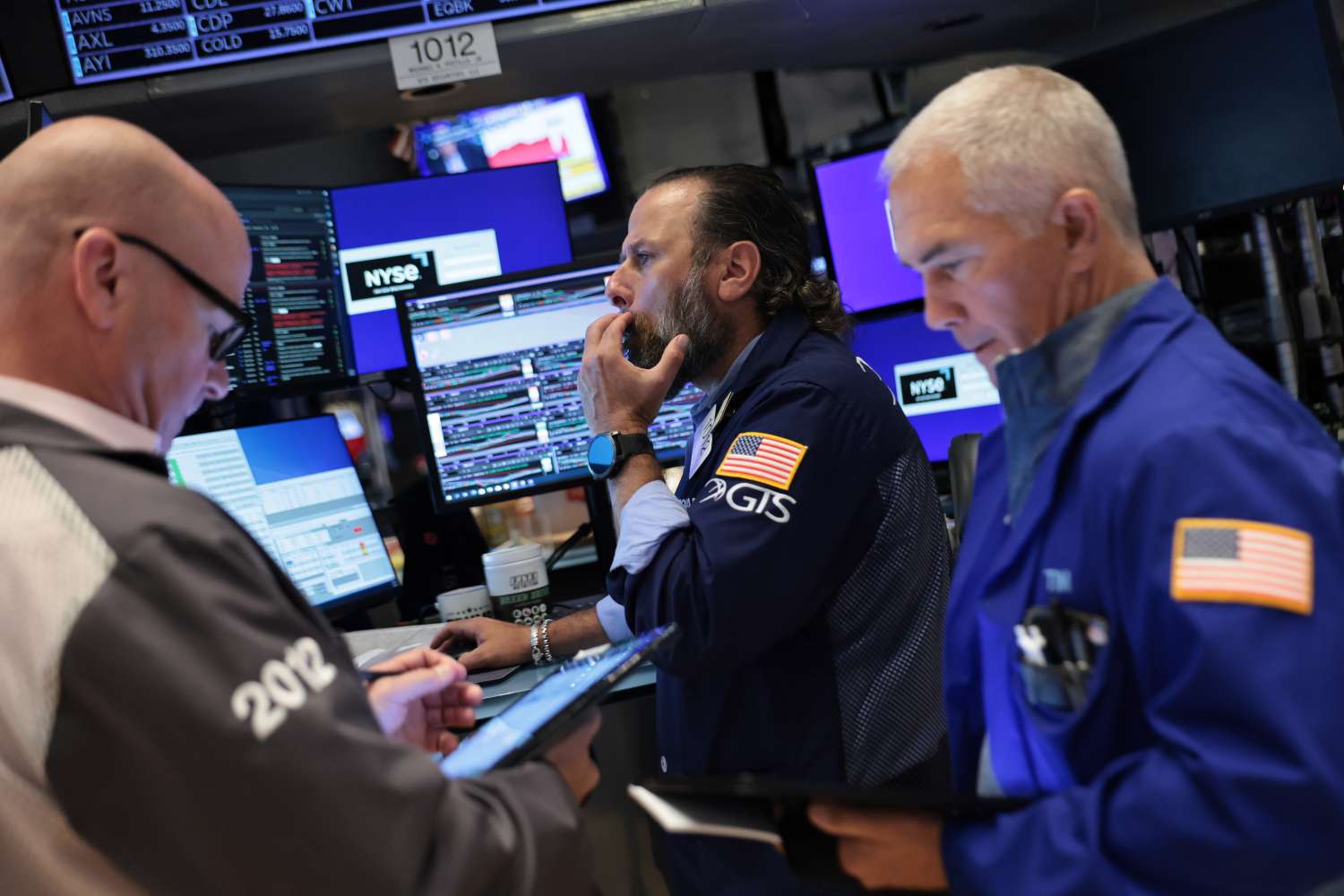
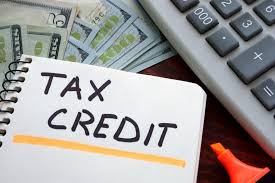
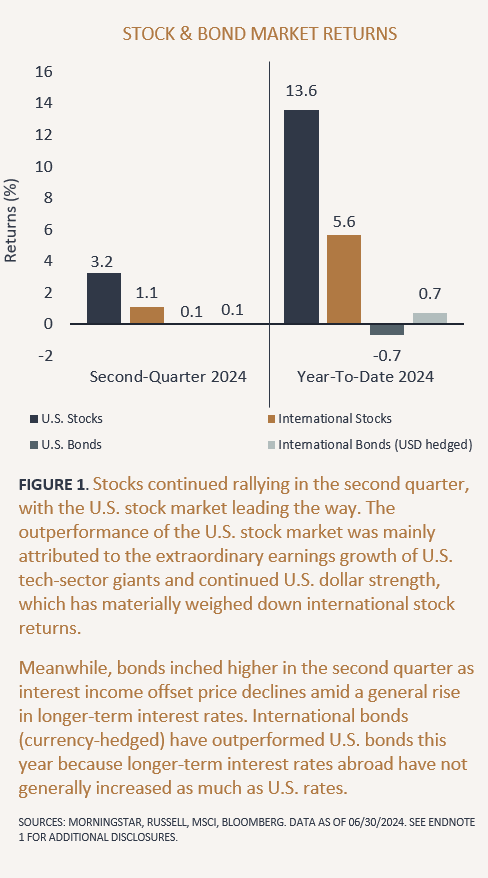
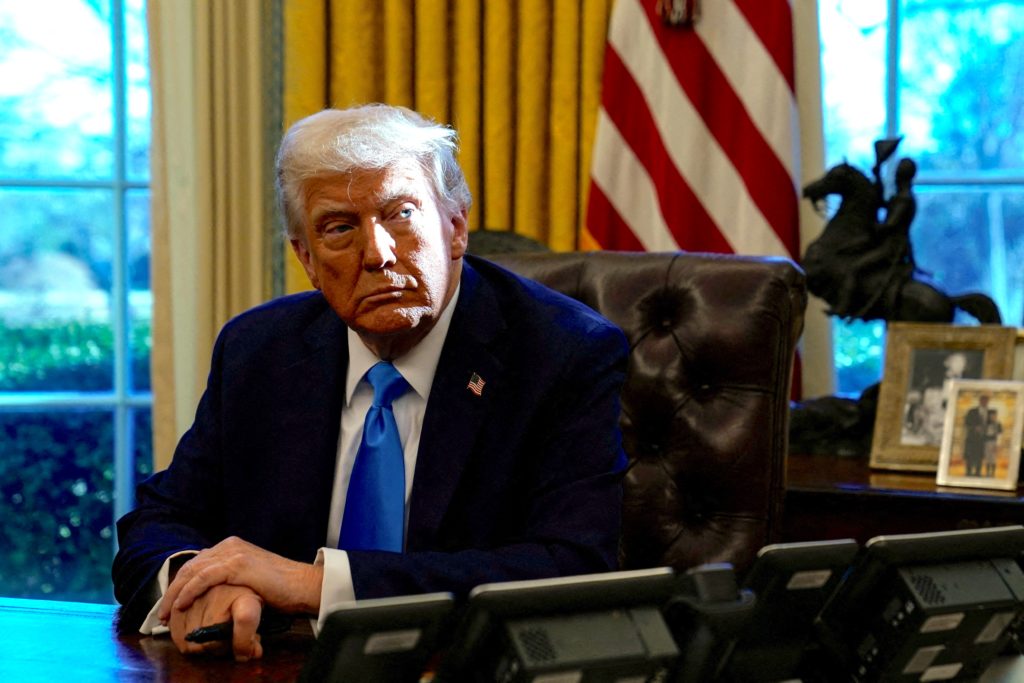

Leave a Reply